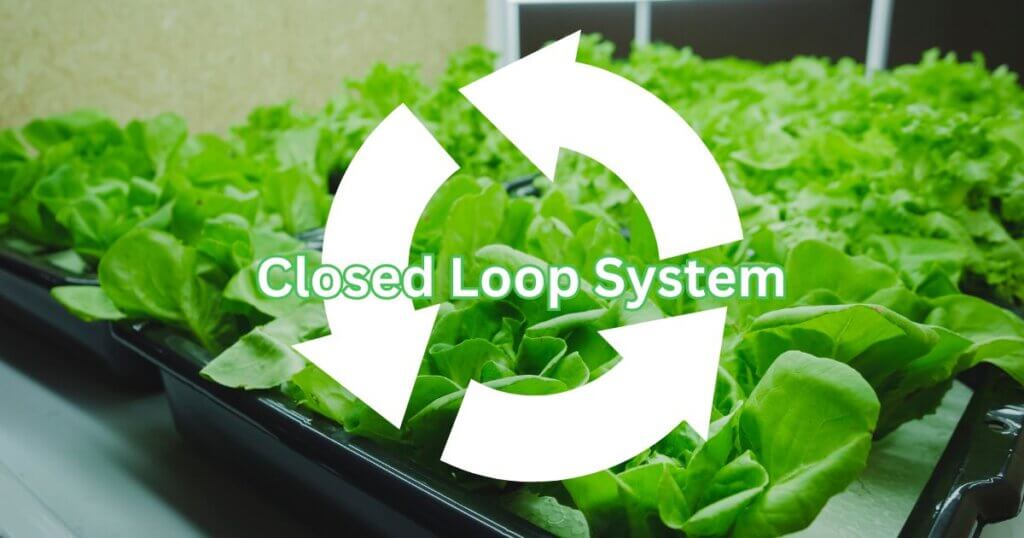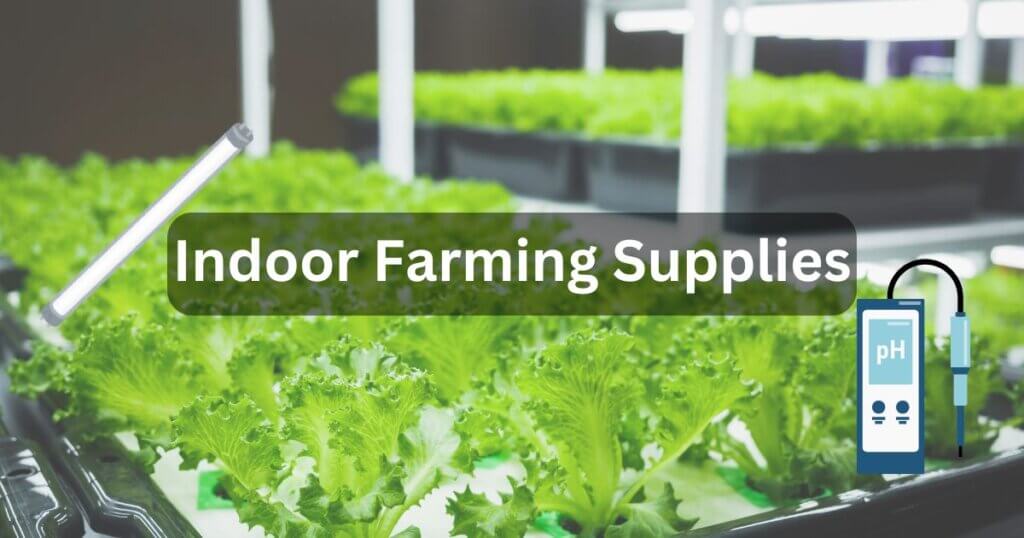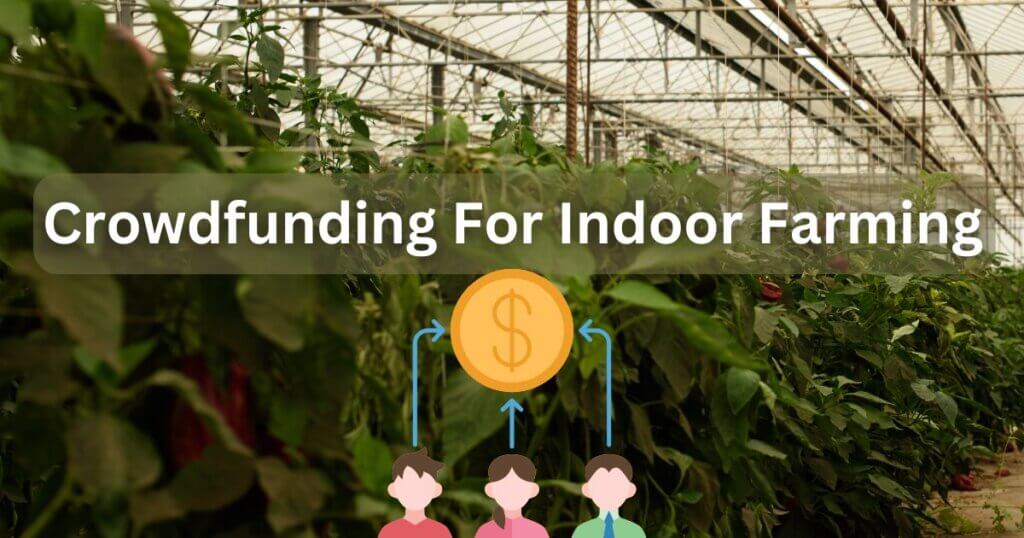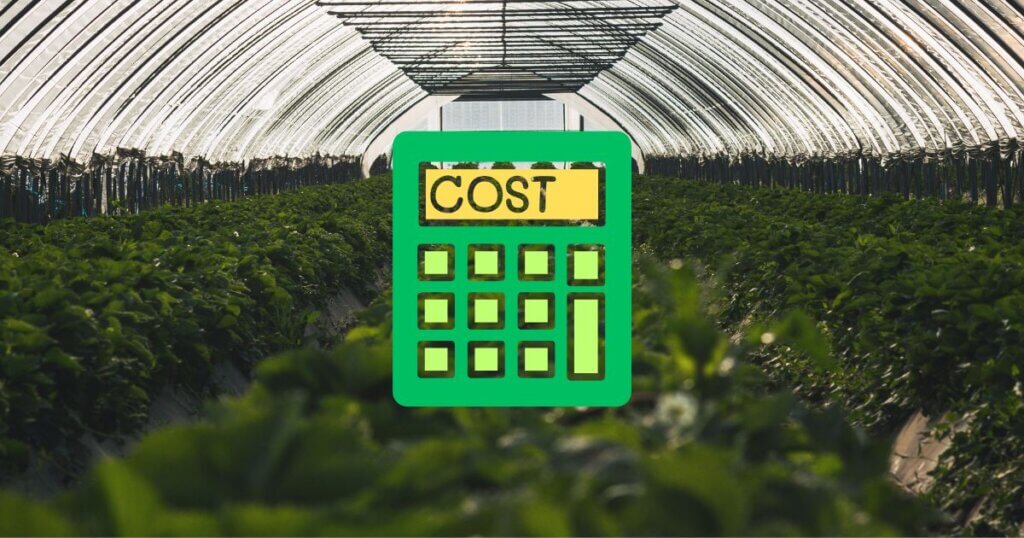Ultimate Closed Loop Systems: The Future of Sustainable Indoor Farming in 2025

Some of the links in this post are affiliate links. As an Amazon Associate, we earn a referral fee from qualifying purchases—at no extra cost to you.
In modern agriculture, integrating technology and sustainability has led to the rise of closed-loop systems in indoor farming. Closed-loop systems, also known as closed-loop agriculture or closed-loop farming, revolutionize how we cultivate crops by creating self-sustaining ecosystems within controlled environments. By harnessing the power of advanced technologies and innovative methodologies, closed-loop systems offer numerous benefits, such as enhanced productivity, reduced resource consumption, and minimized environmental impact. This article delves into the intricacies of closed-loop systems in indoor farming, exploring their components, functions, and advantages.
Table of Contents
The Fundamentals of Closed Loop Systems
Closed-loop systems operate on the principle of creating a self-contained ecosystem where every element is interconnected and optimized for efficient resource utilization. These systems mimic natural processes, ensuring minimal waste and maximum productivity. By integrating key components, such as hydroponics, aquaponics, and controlled environment agriculture (CEA), closed-loop systems foster an environment where plants, nutrients, water, and energy are intricately balanced.
Hydroponics: Cultivating Plants without Soil
Hydroponics is a core component of closed-loop systems, enabling the cultivation of plants without soil. In hydroponic systems, plants receive essential nutrients through a water-based solution, eliminating the need for traditional soil-based farming. Hydroponics ensures optimal growth and resource efficiency by providing plants with precisely measured nutrients. This method also removes the risk of soil-borne diseases and allows for year-round cultivation, independent of seasonal constraints.
The AeroGarden Harvest is a top-rated countertop hydroponic garden system that allows users to grow fresh herbs, vegetables, or greens year-round without soil. It’s perfect to visually demonstrate hydroponics at work in a closed-loop environment and supports six plant pods with an efficient LED grow light.
Aquaponics: Symbiotic Relationship between Plants and Fish
Aquaponics combines hydroponics with aquaculture, creating a symbiotic relationship between plants and fish. In this closed-loop system, fish waste is a natural plant fertilizer. In contrast, the plants filter the water, creating a purified environment for the fish. The integration of aquaponics enhances resource utilization by utilizing fish waste as a nutrient source for plant growth. This efficient nutrient cycling creates a harmonious ecosystem where plants and fish thrive.
The Water Garden Duo is a small-scale aquaponics kit combining a fish tank and a mini herb garden. It’s ideal for educational or proof-of-concept purposes to show how fish waste can fertilize plants while plants clean the water—a great visual example of nutrient cycling in closed-loop systems.
Controlled Environment Agriculture (CEA): Precision Control for Optimal Growth
Closed loop systems in indoor farming heavily rely on controlled environment agriculture (CEA) techniques to provide optimal plant growth conditions. CEA involves controlling various environmental factors such as temperature, humidity, light, and CO2 levels. By fine-tuning these parameters, farmers can create an ideal environment for plant growth, leading to faster growth rates, higher yields, and reduced resource consumption. Additionally, CEA allows for year-round cultivation and the production of crops not native to the region.
The Spider Farmer SF-1000 LED Grow Light uses high-efficiency diodes and adjustable brightness to optimize light exposure in controlled environments. It’s a core tool for CEA, helping regulate plant growth conditions like light intensity and spectrum, leading to consistent yields and energy efficiency.
Advantages of Closed Loop Systems in Indoor Farming
Closed-loop systems offer many benefits, making them an attractive option for sustainable agriculture. By optimizing resource utilization, reducing waste, and minimizing environmental impact, these systems pave the way for a more sustainable and efficient future.
1. Increased Resource Efficiency
Closed-loop systems excel in resource efficiency by reducing water consumption, minimizing nutrient waste, and maximizing energy utilization. For instance, water usage is significantly lower in hydroponics than in traditional soil-based farming, as water is recirculated within the system. Aquaponics takes resource efficiency a step further by utilizing fish waste as a natural nutrient source for plants, eliminating the need for synthetic fertilizers. Moreover, closed-loop systems leverage innovative technologies, such as LED lighting and energy-efficient climate control systems, to minimize energy consumption.
The VIVOSUN Smart Grow System combines hydroponics with smart app control to optimize water, nutrients, and light—perfect for showcasing how closed-loop systems boost resource efficiency. You can remotely monitor environmental conditions and automate adjustments, reducing human error and waste.
2. Enhanced Crop Productivity
The controlled and optimized growing conditions in closed-loop systems increase crop productivity. By tailoring environmental factors to meet the specific requirements of each crop, farmers can maximize growth rates and yields. Furthermore, the absence of pests and diseases often prevalent in traditional farming methods reduces crop losses, further boosting overall productivity. Closed loop systems also allow for year-round cultivation, enabling consistent crop production regardless of external factors like seasonal changes or adverse weather conditions.
3. Minimized Environmental Impact
One of the key advantages of closed-loop systems is their ability to minimize environmental impact. These systems reduce water and soil pollution by eliminating the need for chemical pesticides and synthetic fertilizers. Closed-loop systems also mitigate the risk of nutrient runoff, a common issue in conventional agriculture that contributes to water pollution. Moreover, the controlled environments in indoor farming minimize the use of arable land and mitigate the negative effects of deforestation and habitat destruction associated with expanding agricultural areas.
4. Improved Food Safety and Quality
Closed-loop systems prioritize food safety and quality by reducing exposure to external contaminants. Controlled environments and strict quality control measures significantly minimize the risk of contamination from pathogens, pesticides, and other harmful substances. Additionally, the absence of soil-based cultivation mitigates the potential for soil-borne diseases, ensuring the production of clean and healthy crops. As a result, consumers can enjoy fresh, pesticide-free, and nutritious produce.
The Govee Smart Hygrometer helps monitor humidity and temperature in grow rooms to prevent mold, pests, and contamination. It syncs with your phone, offering alerts to ensure optimal food safety standards within controlled indoor environments—an important aspect of closed-loop systems.
5. Localized and Sustainable Food Production
Closed-loop systems in indoor farming facilitate localized and sustainable food production. By utilizing vertical farming techniques, these systems can be established in urban areas, reducing the need for long-distance transportation of food. This localization minimizes carbon emissions associated with transportation, contributing to a more sustainable food system. Furthermore, closed-loop systems can operate in areas with limited access to arable land, bringing fresh and locally grown produce to urban communities.
6. Potential for Technological Advancements
Closed-loop systems in indoor farming provide a fertile ground for technological advancements and innovations. As technology evolves, new developments in automation, artificial intelligence, and data analytics are transforming how closed-loop systems operate. These advancements enhance system efficiency, precision, and scalability, opening up possibilities for even greater productivity and sustainability in the future.
The Aranet4 CO2 Monitor measures CO2 levels in grow spaces to fine-tune air exchange and photosynthesis rates. It’s a useful example of how smart sensors contribute to optimizing environmental conditions, pushing closed-loop farming toward higher precision and automation.
Conclusion
Closed-loop systems in indoor farming revolutionize agricultural practices by integrating technology, sustainability, and efficiency. Through the synergistic combination of hydroponics, aquaponics, and controlled environment agriculture, these systems create self-sustaining ecosystems that optimize resource utilization and minimize environmental impact. The advantages of closed-loop systems, including increased resource efficiency, enhanced crop productivity, minimized environmental impact, improved food safety, localized food production, and the potential for technological advancements, make them a compelling solution for sustainable agriculture. As the world faces the challenges of population growth, climate change, and resource scarcity, closed-loop systems pave the way for a more sustainable and resilient future in food production.
FAQs – Closed loop systems
1. How do closed-loop systems compare to traditional farming regarding cost?
Due to advanced technology, automation, and controlled-environment setups, closed-loop systems require higher initial investment costs. However, they offer long-term savings by reducing water usage, eliminating the need for soil, minimizing fertilizer costs, and optimizing energy consumption. Over time, increased efficiency and higher yields can offset the initial investment.
2. Can closed-loop systems be implemented on a small scale for home or urban farming?
Yes! Closed-loop systems can be scaled down for home or urban farming using hydroponics or aquaponics setups. Compact systems, such as vertical farms and container farms, allow urban dwellers to grow fresh produce in limited spaces while maintaining sustainability and efficiency.
3. What are the biggest challenges in adopting closed-loop systems?
Some challenges include high upfront costs, the need for technical knowledge, energy dependency, and system maintenance. Farmers and businesses must also carefully monitor nutrient levels, water quality, and environmental factors to ensure optimal performance.
4. Are closed-loop systems suitable for all types of crops?
While closed-loop systems are highly effective for leafy greens, herbs, and certain fruits (like tomatoes and strawberries), they may not be ideal for large, deep-rooted crops like wheat, corn, or potatoes. However, ongoing research and technological advancements continue to expand the range of viable crops.
5. How do closed-loop systems contribute to food security?
By enabling year-round crop production, reducing dependency on unpredictable weather conditions, and maximizing resource efficiency, closed-loop systems help ensure a stable and resilient food supply. They are particularly valuable in urban areas and regions with limited arable land or harsh climates.
Other Useful Resources Related To Closed Loop System
- What is closed-loop agriculture?
An article discussing the principles and benefits of closed-loop agriculture, emphasizing resource recycling and sustainability. - Harvesting Sustainability: The Multifaceted Benefits of Closed-Loop Agriculture
This piece explores how closed-loop farming optimizes resources and minimizes waste, contributing to environmental sustainability. - Closed-Loop System | Threemile Canyon Farms
An example of a practical application of closed-loop systems in farming, highlighting how Threemile Canyon Farms integrates dairy and crop production. - Controlled-Environment Agriculture
A comprehensive overview of controlled-environment agriculture, including its role in sustainable food production and various techniques like hydroponics and aquaponics. - How To Build A Closed Loop System – Modern Farmer
A guide providing practical steps and considerations for setting up a closed-loop system in farming, suitable for both beginners and experienced growers.
Some Interesting Closed Loop Systems Videos










